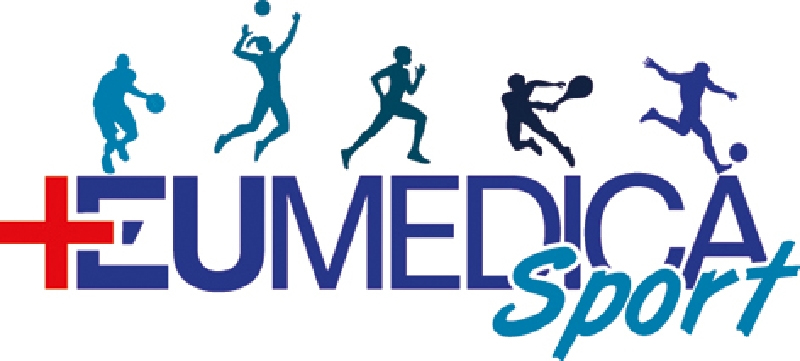EUTM invalidity (and opposition) proceedings: some trademarks are older than they seem!
When a request for EUTM invalidity is based on a national trademark originating from a converted EUTM, the five-year grace period – during which the owner of the earlier trademark has no obligation to provide proof of use – runs from the date of registration of the EUTM, not of the national trademark originating from the conversion. The same should, in principle, apply also to the request of proof of use in opposition proceedings.
An application for a declaration of invalidity concerning the European Union trademark (EUTM) registration for the sign reproduced here, owned by the Italian orthopedic product manufacturer Eumedica s.r.l.
was filed on 16 September 2013 by the Austrian company Eumedics Medizintechnik Handels-und Marketingges.m.b.H. on the basis of, inter alia, two national trademarks, one Austrian and one German, for the word mark EUMEDICS.
The applicant argued that there was a likelihood of confusion between the marks.
The Cancellation Division (CD) of the European Union Intellectual Property Office (EUIPO) issued its decision in case 9896 C on 26 January 2018.
The case, in which Società Italiana Brevetti represented the owner of the contested EUTM, is important from the point of view of the application of rules on proof of use requirement under EUTM law.
Proof of use of the earlier trademark under European Union law
Under Article 64 (2) and (3) of EUTM Regulation 2017/1001(EUTMR), the owner of a EUTM subject to a request for invalidity may request the owner of the earlier trademark to prove that during the five-year period before the date of the request for invalidity the earlier trademark was put to genuine use in the territory and for the goods and services for which it is registered.
The earlier mark is subject to the obligation of proof of use (or of proper reasons for non-use) only if it has been registered for at least five years at the date of the invalidity request.
If no proof is supplied, the invalidity request is rejected.
Conversion of a EUTM into national trademarks
Conversion is the process of turning a EUTM application or registration into one or more national applications.
If a EUTM ceases to exist, it can be converted into national trademarks in European Union member states that enjoy the filing date or, if any, the priority date of the EUTM.
An unprecedented decision on proof of use in invalidity proceedings
The two national trademark registrations on which the request for invalidity of the EUMEDICA mark was inter alia based had actually been converted from a EUTM to national trademarks (one Austrian, one German) after the European Union registration was itself partly cancelled.
The dates of the national registrations of the two national trademarks originating from conversion were 18 February 2014 and 19 May 2014 respectively.
We requested proof of use of these trademarks nonetheless, stressing that the two national registrations derived from the conversion of an earlier EUTM that had been granted registration on 31 August 2004, so that this had to be the registration date to be taken into consideration, not those of the two national registrations originating from conversion.
The CD referred to Article 139 EUTMR that states that the filing or the priority date of the converted EUTM is preserved and becomes the filing or priority date of the national applications.
The CD further cited case R1313/2006-G “cardiva”, in which the Grand Board of EUIPO held that an opposition based on an earlier EUTM application can be maintained on the basis of material trademark registrations resulting from conversion of the EUTM application; however, according to the CD “the conversion of a EUTM into national registrations should not imply that the applicant benefits from a new 5-year grace period starting with the registration date under national laws.”
In the case at issue, the EUTM which was later converted was registered on 31 August 2004, and therefore fell under the obligation of proof of use in the five years before the date of the invalidity request, since the five-year grace period running from the date of registration had expired when the request for cancellation was filed, on 16 September 2013.
The CD thus took the unprecedented decision of deeming admissible a request for proof of use based on the date of registration of a converted EUTM that had originated the national trademarks on which the request for invalidity was based.
The owner of the EUMEDICS trademark did not submit any evidence of use, or submit proper reasons for non-use.
The request for invalidity of was therefore rejected, with no effects on our client’s EUTM registration.
So, when dealing with invalidity requests, always examine national trademark registrations closely: if they originate from the conversion of a European trademark registration, they are actually older than they look on first sight! Moreover, the same reasoning should apply also to proof of use requested in opposition proceedings according to Article 47 (2) and (3) EUTMR.
